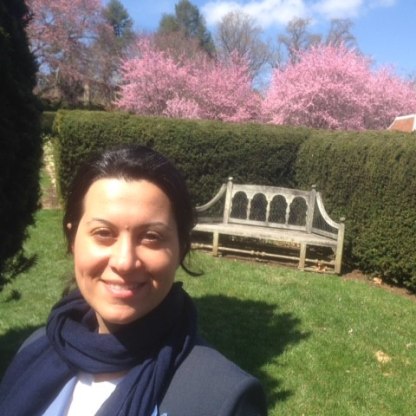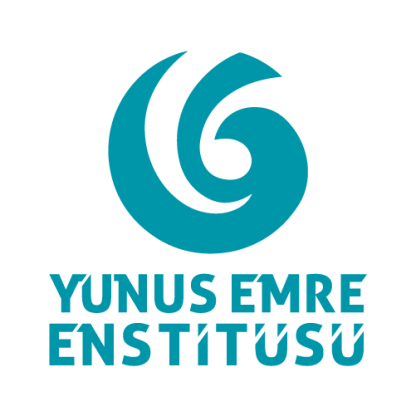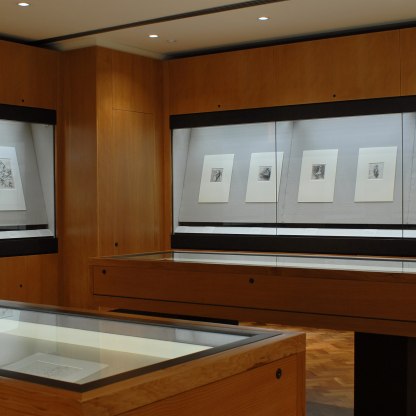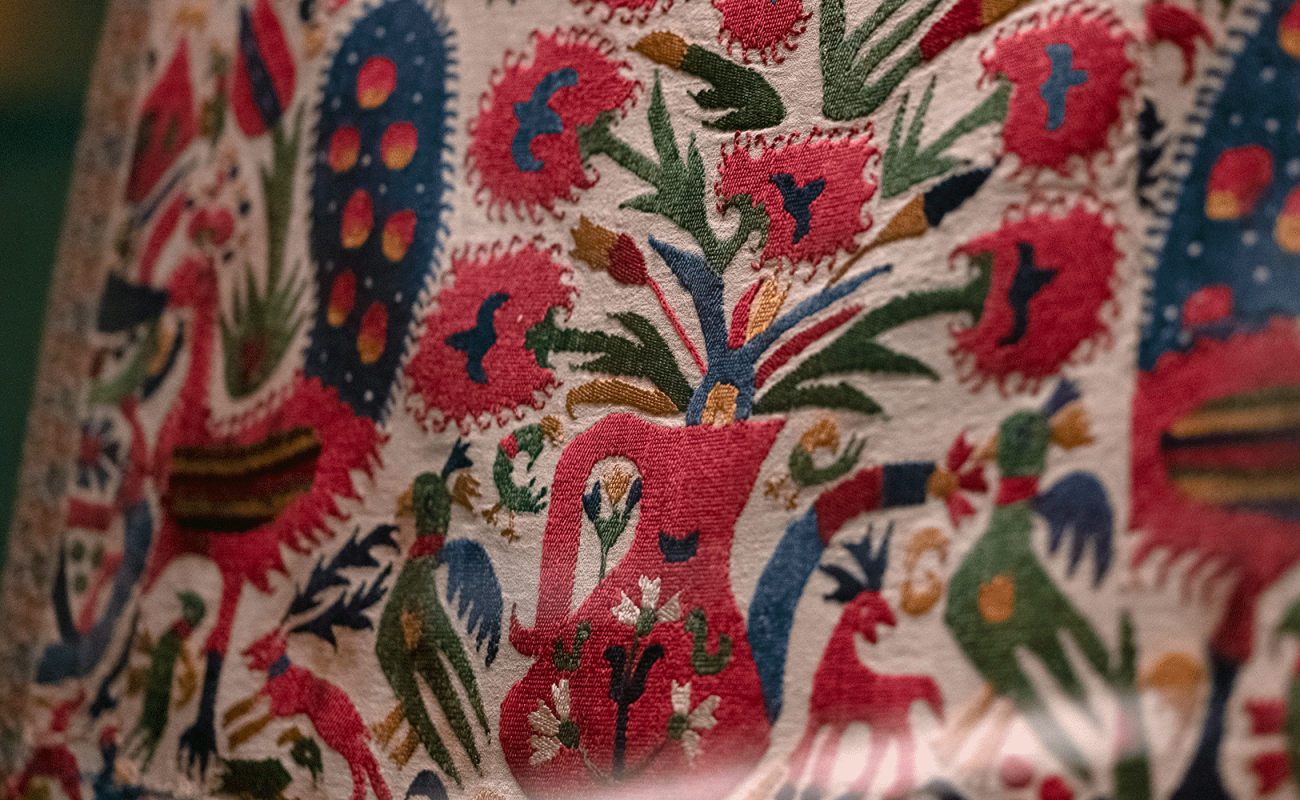18 April 2023 - 19 November 2023
This display showcases a range of textiles from across the Mediterranean world and explores the embroidery practices that connect them. Mostly created by women, these lively and decorative textiles provided a means of self-expression for women and girls of all ages. Generation after generation of makers handed down their needle skills, creating pieces that reflected personal tastes, social standing and community affiliation.
In the main, the embroideries were made for use in the home, as cushions, towel ends, bed tents, or as clothing.
Common features included ships, vases, fantastical beings, humans, birds and even words, while other motifs denoted regional differences. Some patterns travelled, appearing on other objects, such as ceramics, from opposite ends of the Mediterranean.
The selection curated here for the Shiba Gallery begins to tell the intertwined stories stitched into these detailed and delicate embroideries.
Supported by the Yunus Emre Enstitüsü
Watch the short film below – 'Running threads, dancing bodies: The life and collection of Andreas Peris Papageorgiou'.
This six-minute film tells the story behind the little-known collection of Andreas Peris Papageorgiou (b. 1931). Peris is unusual in that he is both a maker and a collector, an artist who has spent his life collecting the last remnants of a once vibrant tradition and at the same time keeping them in use, outside the museum, by having his own dance troupe wear his collection for performances.
Greek textiles, embroideries and traditional dress have been sought after by European collectors since the 1600s. By the early 1900s, the most valued specimens had found their way into museum collections, such as the collection here, soon to be on display in the Shiba Gallery.



